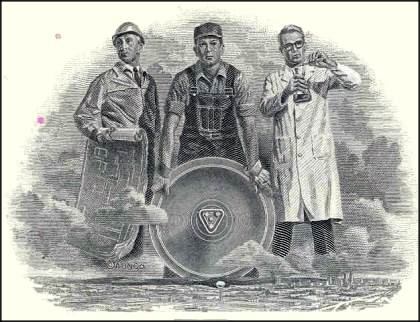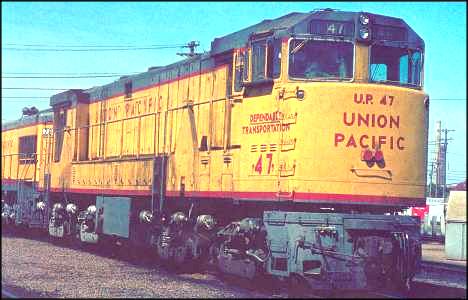Beautifully engraved Stock Certificate from the famous Union Pacific Corporation issued in the 1970's - 1980's. This document has an ornate border around it with a picture of three workers above the famous Union Pacific Logo. Mixture of brown and orange colors. 
Certificate Vignette
Postcard

Certificate Vignette

Postcard














